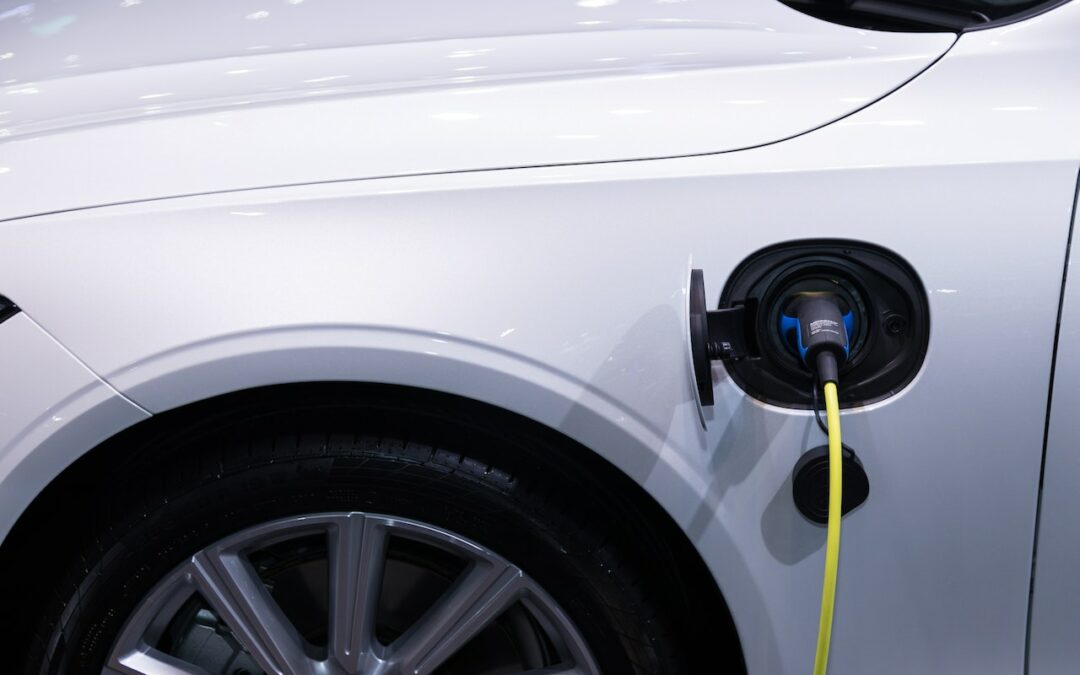
by Grace Ebert | Jul 7, 2024
A herd of elephants has arrived in Newport, Rhode Island, on the first leg of their 3,500-mile journey across the U.S. Jointly organized by two nonprofits, Elephant Family and CoExistence, the monumental public work draws attention to the relationships between people and wildlife, particularly as the human population grows and encroaches on natural habitats.
“The Great Elephant Migration” features 100 life-sized animal sculptures crafted by the CoExistence Collective, an organization of 200 Indigenous artisans from the Bettakurumba, Paniya, Kattunayakan, and Soliga communities. More
Do stories and artists like this matter to you? Become a Colossal Member today and support independent arts publishing for as little as $5 per month. The article 100 Life-Sized Elephants Lumber Along a Newport Cliff in a Global Conservation Project appeared first on Colossal.

by Komoneed | Jul 5, 2024
Google’s goal of lowering its carbon footprint is in trouble as the technology company’s energy consumption has increased due to the amount of power needed for artificial intelligence (AI) data centers. According to the internet giant’s annual environmental report, its greenhouse gas emissions have increased by 13 percent in the past year, due mostly to […]
The post AI Energy Demand Drives Google’s Emissions Up 48% in Five Years appeared first on EcoWatch.

by Komoneed | Jul 5, 2024
Welcome to the future of energy management with the Power Sonic Pulse. Featuring an inverter, solar controller, and high-performance battery packs, the Pulse sets a new standard for efficiency and sustainability. Imagine effortlessly capturing, storing, and optimizing energy on-site. Whether connected to solar panels, renewable sources, or operating independently, the Pulse ensures a reliable energy … Continued

by Komoneed | Jul 5, 2024
MINI’s truly hot electric Cooper will be previewed at this year’s Goodwood Festival of Speed

by Komoneed | Jul 4, 2024
Every month, the Good On You team scours the internet to find you the ethical and sustainable fashion news that matters. Here’s everything you need to know in July 2024. In the know Seoul Authorities Find SHEIN Products Contain High Levels of Toxic Chemicals (Le Monde) A recent report released by the South Korean government […]
The post 10 Things to Know in Sustainable Fashion This July appeared first on Good On You.





